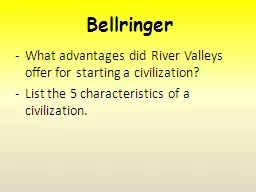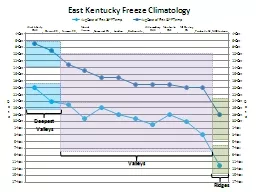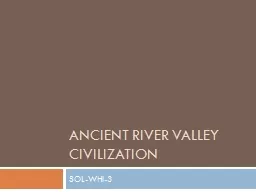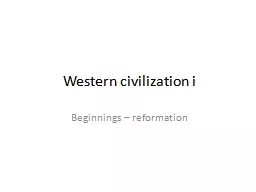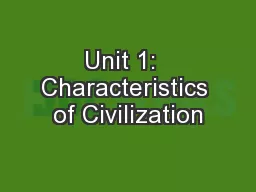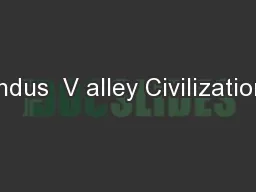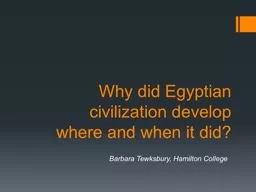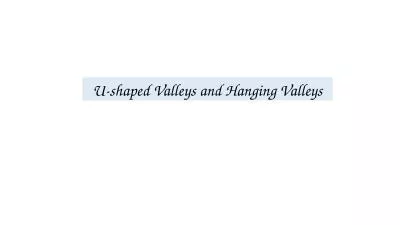PPT-Bellringer What advantages did River Valleys offer for starting a civilization?
Author : aaron | Published Date : 2020-01-17
Bellringer What advantages did River Valleys offer for starting a civilization List the 5 characteristics of a civilization STAIR S pecialized workers T echnology
Presentation Embed Code
Download Presentation
Download Presentation The PPT/PDF document "Bellringer What advantages did River Val..." is the property of its rightful owner. Permission is granted to download and print the materials on this website for personal, non-commercial use only, and to display it on your personal computer provided you do not modify the materials and that you retain all copyright notices contained in the materials. By downloading content from our website, you accept the terms of this agreement.
Bellringer What advantages did River Valleys offer for starting a civilization?: Transcript
Download Rules Of Document
"Bellringer What advantages did River Valleys offer for starting a civilization?"The content belongs to its owner. You may download and print it for personal use, without modification, and keep all copyright notices. By downloading, you agree to these terms.
Related Documents

